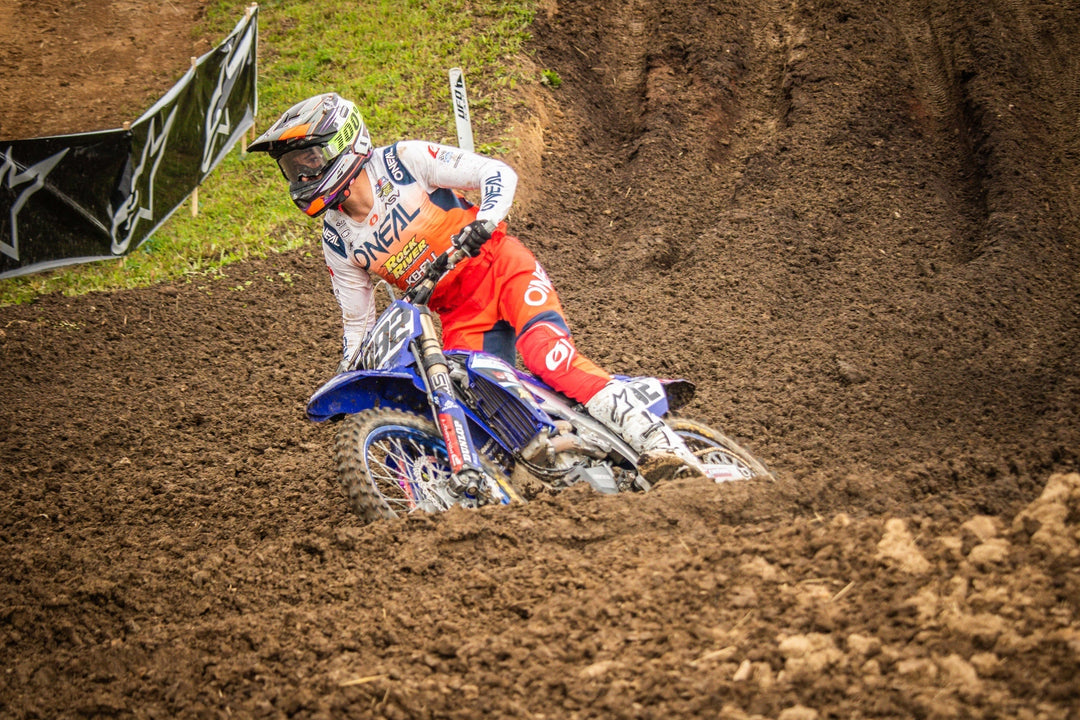What is a Concussion?
Please explain what a concussion is.
A concussion is a traumatic brain injury that involves changes in the physiology of the brain, but not in the anatomy of the brain. So there’s no bleeding within the brain—no epidural or subdural hematoma—but there is a change in the physiology, the different minerals like potassium, sodium, calcium. Until that physiology returns to normal, the brain can be a very fragile organ, and if you have a second traumatic injury before the physiology returns to normal, it can be catastrophic.
So are concussion and traumatic brain injury synonymous terms?
An injury that involves changes to the brain’s anatomy and/or physiology is still classified as a traumatic brain injury, but it may not be a concussion. There are concussion symptoms with those more significant traumatic brain injuries, but the problems tend to be surgical—problems that need to be immediately worked up in the hospital and many times require hospitalization.
Are there different grades of concussion?
The grading of concussion went out in about 2004. Now, it’s a variation on the cliché of being pregnant: You either have it or you don’t. The grading of concussions, which was the standard of medical care at the time, really did not help us to determine either short-term or long-term effects or recovery.
With motorcycle and bicycle riding, how are most concussions incurred?
It can be from a direct blow, but it can also be from either an acceleration or deceleration. In those cases, the mechanism for either a BMX-type or motocross situation would be a rapid deceleration of the head—not necessarily hitting the handlebar, but a fast-enough stop that the brain is jolted against the inside of the skull. This is actually an acceleration of the brain within the cranial cavity, caused by deceleration of the head. This is why you are hearing the term “angular acceleration” more frequently in conversations about helmets and head protection.
A concussion is a traumatic brain injury that involves changes in the physiology of the brain, but not in the anatomy of the brain.
Once a rider has suffered one concussion, is he or she more susceptible to additional concussions?
As long as they return that physiology back to homeostasis—to a normal state—they’re not more susceptible. Their sport may place them at greater risk for a recurrent concussion, but just the fact that they’ve had one doesn’t put them at increased risk—as long as they took the proper time to resolve it.
Are bicycle and/or motorcycle concussions any different from those incurred in, say, football?
The actual physiology is very similar. In American football, the blows to the head are more frequent, but they’re generally of a lower magnitude. The motocross rider will potentially crash at a much higher speed, and in supercross, from much higher altitude, but it may or may not have similar influences on the acceleration of the brain, of course depending on the actual impact. The positive in motorsports and cycling is it doesn’t happen as frequently.
Are there long-term risks associated with concussions?
We feel that these risks come from mild and/or more severe recurrent traumatic brain injuries. The NFL does have data, but it’s data that’s very hard to evaluate. We’re all familiar with the reports of NFL athletes with Chronic Traumatic Encephalopathy [CTE], which is thought to be due to recurrent head injuries. We haven’t had any way of making that diagnosis when the patient is still alive, which is part of the problem, although some researchers, including Dr. Sam Gandy at Mount Sinai Hospital in New York, are working on a technique for diagnosing CTE in living patients. There is also significant research that needs to be done within the motocross industry. The research ideas are out there, but right now, the support and funding are lacking.


 UK
UK
 EU
EU




Very useful information. I had a concussion from a very muddy motocross race & didn’t know until a year later. The concussion severely impacted my thinking capacity and memory as-well as communication skills & vision. That’s why I recommend you go the extra mile in protecting your brain!
Leave a comment